Corporate room strategies for marketing in rural India
According to research done, it is discovered that rural consumers are more loyal to brands unlike their urban counterparts who are more willing to experiment. Other consumer trends are also very different from the urban markets, therefore brands spent a lot of time understanding and studying these trends before plunging into these markets. Adgully spoke to some industry stalwarts to gain a better insight in this scenario.
Commenting on this changing trend where brands are concentrating more on rural markets, Viren Razdan, Managing Director, Interbrand said, "There are opportunities in the rural markets. I have done two studies for rural India for two different brands. It was an in-depth study. I got a fabulous chance in understanding how aspirations are really changing in these markets. For India, I think the rural arena is an emerging market. Urbanization of the rural is underway and it is the next frontier. So brands really don't have a choice but to look at that market."
Hindustan Unilever Ltd understands this trend and the importance of these markets and targeting the rural markets that contribute significantly to the overall FMCG market. According to HUL rural India presents enormous potential for growthâ€both in terms of penetration and consumption across the categories it operates in.
HUL's products like Clinic Plus Jatra, Lifebuoy Haat are all examples of rural marketing. They even have Project Shakti, which is their rural initiative.
Deepak Jayaram, National Director, Dialect, Group M said, "We have brushed up and restarted the rural part of our business which was the largest part of business earlier. It was largely because I was sensing a lot of opportunities in the way the rural India was changing. We did not want to be just rural media solution provider. The market is not conventionally rural, a lot of the markets are really moving into real India. In major metros the quality of engagement will depend upon the largeness of the activity, the use of technology etc. However, the next 70+ towns other than the 6-8 metros have taken precedence in a new way. A lot of activities earlier were planned across 6-8 towns, but today on ground activities reach out to over 20 towns. These markets are growing because of technological penetration, disposable incomes growing etc. I foresee major investments for activities in the rural markets in the future."
"In a metro kind of market with the amount of stuff that is happening, the life of any activity is bound to be low. However when one goes to smaller markets the situation is slightly better," he further added.
This rural market consciousness is developing not only among the FMCG brands but even electronics. Today with the mobile penetration reaching new levels, marketers are more interested in these markets, as the mobile screen rules these areas today.
Karthik Jain, Head Marketing & Direct at ICICI Lombard, said "The consumer brands are focusing more on rural markets. In insurance, ICICI Lombard has been working very closely with the government of India and health ministry to reach out to the rural markets, with their launch of RSBY , a health insurance programme designed to reach out to BPL customers. The model is conducive to the operational efficiency required to reach that audience, this allows them cashless access to hospital treatment."
"The opportunities are vast because the numbers are vast. Although there are a few challenges, like how do we reach out to the vast audience? Another aspect is cost effectiveness should be kept in mind. Finally brands must create products that are relevant to their needs," he further said.
Rural marketing is definitely now an important aspect to all marketers as it is growing at a tremendous scale. There could be a time soon, where rural and urban segmentation merges into one, with growth rates escalating to new heights. It is a possibility maybe not too far ahead in the future. | By Janees Antoo [janees(at)adgully.com]





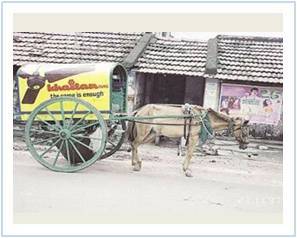


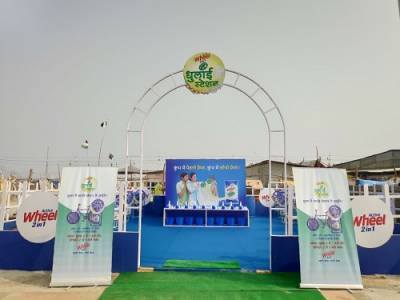
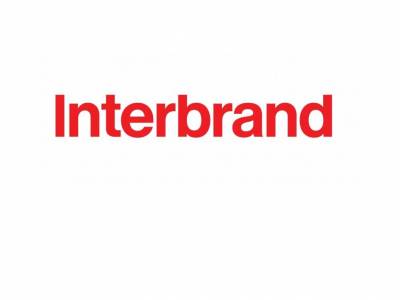
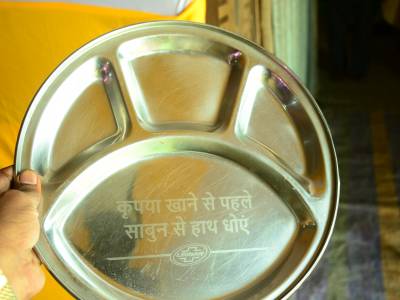
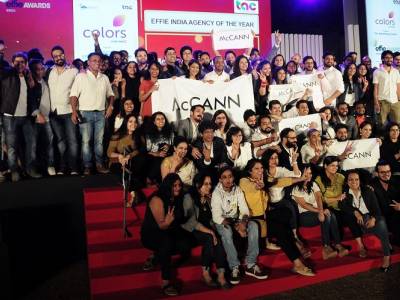









Share
Facebook
YouTube
Tweet
Twitter
LinkedIn